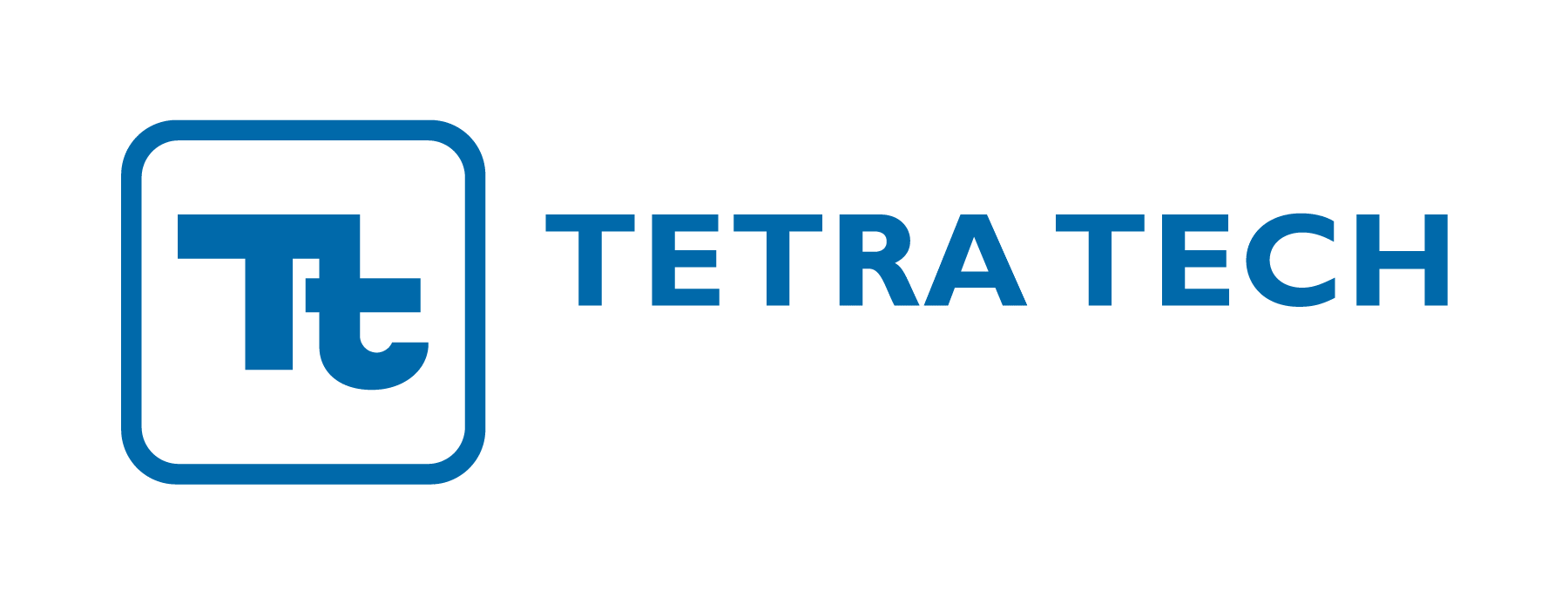In today’s economy, temporary workers are becoming more and more common, brought into the workplace for jobs that may or may not actually be temporary. They can work alongside full-time employees, doing the same kind of work as them. Protecting temporary workers from workplace hazards, however, can introduce complications in OSHA compliance.
Employers, for example, may neglect to include temporary workers in standard training other employees get. Temporary status employees may not understand who to go to with safety concerns. This can increase the risk to temporary employees as they may not know what safety hazards they will be exposed to; and, even if they do identify workplace risks, they may not know how to report safety hazards so that they can be controlled.
Out of concern that employers may be placing temporary employees at greater risk, OSHA launched a Temporary Worker Initiative. The purpose of this initiative is to increase OSHA’s focus on temporary workers in order to highlight employers’ responsibilities to ensure these workers are protected from workplace hazards. OSHA’s initiative emphasizes the importance in today’s compliance landscape for employers to meet health and safety responsibilities for temporary workers.
Overlooking safety compliance for your temporary workers puts both them and your company at risk. While it may be difficult to understand the complexities of your compliance burden, there are a few tips that can help you maintain safety for all workers at your worksite more easily.
The Joint Employers of Temporary Workers
According to OSHA, staffing agencies and host employers act as joint employers for temporary workers. This means that both the staffing agencies sending the employee to a job and the employer at the worksite share responsibilities for health and safety compliance. This also means they can both be cited for regulatory violations.
Understanding your status as an employer, and making sure temporary workers understand your safety responsibilities, is key in providing workplace protections.
Considerations for Protecting Temporary Workers
Having clear communication and guidelines about workplace responsibilities will provide better health and safety protection to both yourself and your employees. Here are a few tips to make sure your temporary employees are being protected.
Contractual Responsibilities
Contracts between staffing agencies and host employers should have clearly defined safety responsibilities. They should spell out who is responsible for safety training, equipment and communication with the employee. For example, if personal protective equipment (PPE) is needed, the contract should clearly state what is needed and which employer will provide it.
Training
Safety training for both temporary workers and permanent employees should always ensure that the hazards of the workplace are communicated. Host employers should provide both temporary and permanent employees with the task specific training they need. More general safety training for temporary employees, if needed, should be provided by the staffing agency.
Communication
It is crucial to have a clear flow of communication between staffing agencies and host employers. Staffing agencies should communicate with the host employer to understand the workplace environment and possible hazards it may present. Host employers should communicate with staffing agencies about training or qualifications workers may already have.
Host employers must also notify staffing agencies when temporary workers experience injury or illness due to workplace hazards.
Recording and Reporting Injury and Illness
Employers must have a clear plan for who records injuries and illnesses for temporary workers. OSHA regulations state that the company supervising the employee should be the one to record injury and illness. The contract between the staffing agency and host employer should clearly delineate which employer is considered the day-to-day supervisor and will record any illness and injury according to OSHA regulations.
Equal Treatment of Employees
According to the Occupational Safety and Health (OSH) Act, temporary workers must be given the same protections as permanent workers. These protections include both health and safety concerns and whistleblower protections, meaning employers can’t discriminate against a temporary employee for reporting a safety concern.
Temporary workers and permanent employees should always be treated equally in the workplace with respect to health and safety. This will help prevent OSHA violations and, more importantly, protect all employees from workplace injuries and illnesses.
Get Health and Safety Support
With temporary workers so common in today’s workplaces, protecting their health and safety, and therefore protecting your company from OSHA violations, is essential for continuing the smooth day-to-day operations of your business. Making sure temporary employees have the same training, equipment and support as permanent employees will help you avoid health and safety violations and the corresponding OSHA penalties.
For further support in understanding your compliance burdens in protecting temporary workers, whether you are a staffing agency or host employer, contact Tetra Tech’s health and safety experts at [email protected]. We can help you work through contracts, provide training solutions, and understand your OSHA compliance responsibilities.






